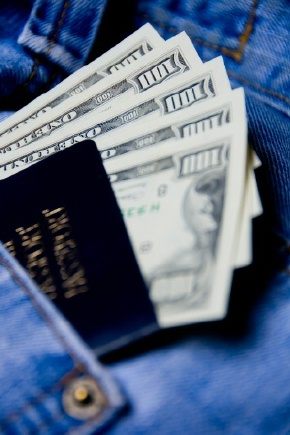|
|

Buy-in -
1. The minimum amount required to play in a certain game.
2. The portion of a tournament cost which goes into the prize pool.
Most poker games have a minimum buy-in amount. Some games also have a maximum buy-in or require that players buy in for a
specific amount. In most poker rooms, the standard minimum buy-in is ten times the lower betting limit. For example, a
$3/$6 Hold’em game would have a minimum buy-in of $30. No-Limit and Pot-Limit games have no defined betting structure, so
the buy-in in these games is often proportional to the blinds. Many of these games are restricted buy-in games, meaning
that a maximum buy-in amount may be imposed or a specific buy-in amount may be required.
These rules are set by the house
to keep the game from getting too big. Since the betting is not structured in No-Limit games, players can lose all of
their chips in one action. If the buy-in is restricted, it keeps the game smaller. This type of regulation can be good
for the game, and can be very good for the house. It has the effect of keeping the players who play badly in action much
longer, which improves the quality of the action in the game, and increases the number of drops made, generating extra
revenue for the house.
The total cost of a tournament is
typically split into three parts, the buy-in, the entry fee, and the service charge. The buy-in is the portion of the tournament
cost which goes into the prize pool. The entry fee is compensation for the house, equivalent to the house rake. The service charge,
typically 3%-5% of the buy-in, goes into a tip pool for the tournament staff. Players who collect significant winnings may, at their
discretion, tip an additional amount, but it is not required.
Usage: High Buy-In, Low Buy-In, Tournament Buy-In, Minimum Buy-In, Maximum Buy-In
Previous Poker Term: Buy
Next Poker Term: Cage |
|









